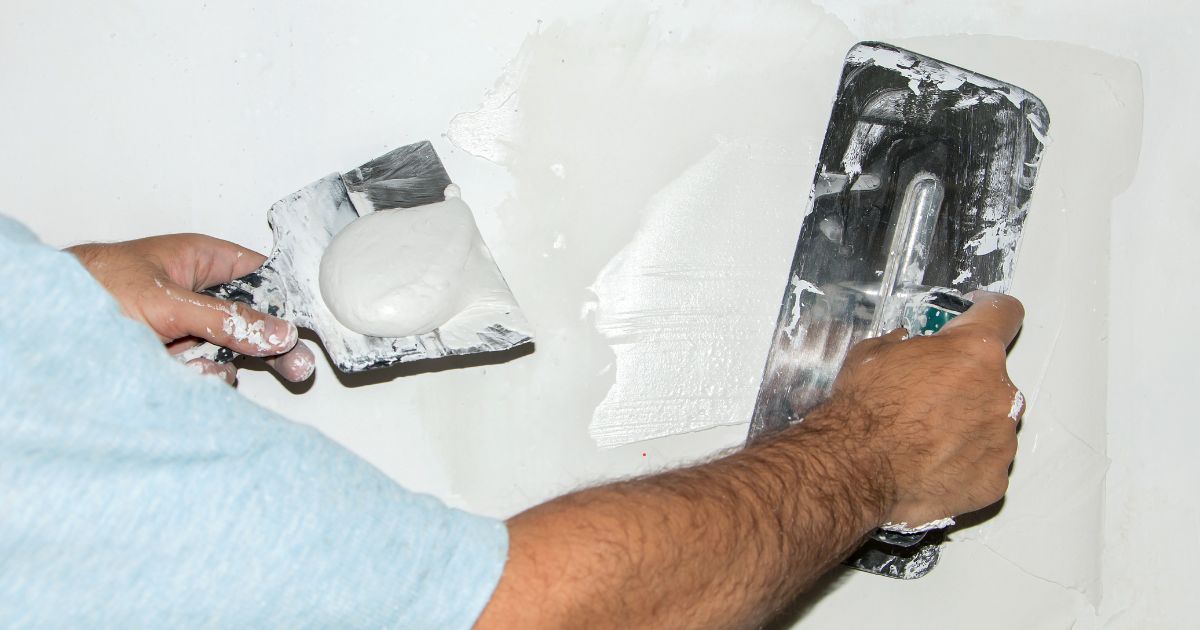Achieving a flawless and durable wall finish is a fundamental aspect of any painting or renovation project. Wall putty plays a crucial role in preparing surfaces, ensuring that the final paint application is smooth and long-lasting. Understanding the significance of wall putty can help homeowners and professionals alike in attaining superior results.
What is Wall Putty?
Wall putty is a fine, white powder or paste made primarily of white cement, polymers, and minerals. It is applied to walls and ceilings before painting to fill in imperfections, cracks, and uneven surfaces. By creating a uniform and smooth base, wall putty enhances the adhesion and appearance of the final paint layer.
Types of Wall Putty
There are several types of wall putty available, each designed for specific applications:
- Cement-Based Wall Putty: Made from white cement, this type suits interior and exterior walls. It provides a strong base and effectively fills larger cracks and imperfections.
- Acrylic Wall Putty: Comprising acrylic resins, this ready-to-use paste is ideal for interior walls. It offers a smooth finish and is known for its quick-drying properties.
Importance of Wall Putty
Applying wall putty before painting offers several benefits:
- Smooth Surface: Wall putty fills in dents, cracks, and uneven textures, resulting in a uniform surface that enhances the aesthetic appeal of the paint.
- Improved Paint Adhesion: A well-prepared surface with wall putty ensures better adhesion of paint, leading to a longer-lasting finish.
- Moisture Resistance: Certain types of wall putty provide a protective layer that resists moisture, reducing the risk of paint peeling and dampness.
- Cost-Effective: By extending the life of the paint and reducing maintenance needs, wall putty proves to be a cost-effective solution in the long run.
- Enhanced Durability: Wall putty increases the longevity of the painted or wallpapered surface by offering a protective coating. It aids in preventing cracking, chipping, and wear, increasing the finish’s life.
How to Use Wall Putty
Applying wall putty involves several steps to ensure optimal results:
- Surface Preparation: Clean the wall thoroughly to remove dust, grease, and loose particles. Ensure the surface is free from moisture and dampness.
- Mixing: For powder-based putty, mix it with water as per the manufacturer’s instructions to achieve a smooth, lump-free paste. Use a mechanical stirrer for consistent mixing.
- Application: Using a putty knife or trowel, apply the putty evenly across the surface. For best results, apply two coats, allowing adequate drying time between each.
- Sanding: Once the putty is completely dry, sand the surface with fine-grit sandpaper to achieve a smooth finish. This step is crucial for removing any unevenness and preparing the wall for painting.
- Painting: After sanding, the wall is ready for primer and paint application. Ensure the surface is clean and dust-free before proceeding.
Proper application of wall putty not only enhances the visual appeal of interior walls but also contributes to the durability and longevity of the paint.
Additional Tips for Optimal Results
- Choose the Right Type: Select the appropriate type of wall putty based on the specific requirements of your project, considering factors like the location (interior or exterior) and the condition of the walls.
- Use Quality Tools: Employ high-quality tools such as putty knives, trowels, and sandpaper to achieve a professional finish.
- Follow Manufacturer Instructions: Adhere to the manufacturer’s guidelines for mixing ratios, application techniques, and drying times to ensure the best results.
- Safety Precautions: Wear appropriate protective gear, including gloves and masks, to safeguard against dust and chemical exposure during application.
Conclusion
Wall putty is an indispensable component in the painting process, ensuring that walls have a smooth, even surface ready for painting. By selecting the appropriate type of wall putty and applying it correctly, one can achieve a professional-quality finish that stands the test of time. Investing time and effort in the proper application of wall putty not only enhances the aesthetic appeal of your space but also contributes to the longevity and durability of the paintwork.
Related posts
Categories
Recent Posts
Advertisment


